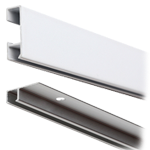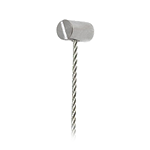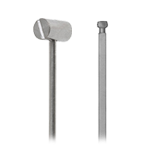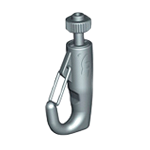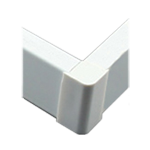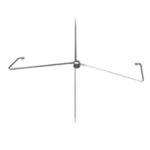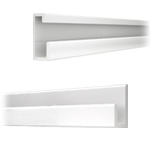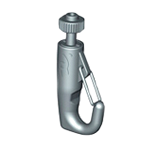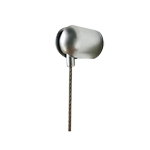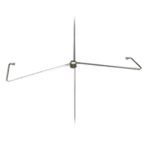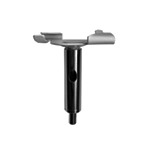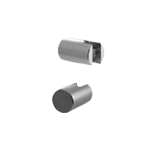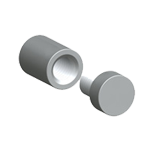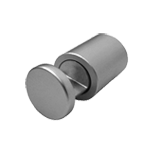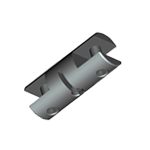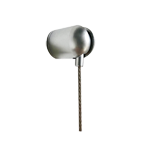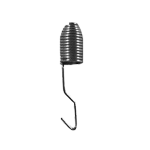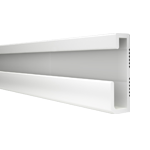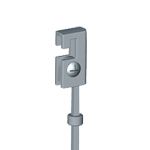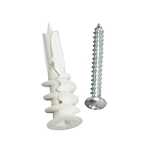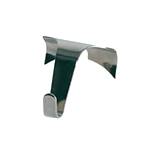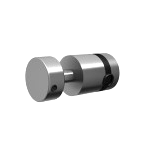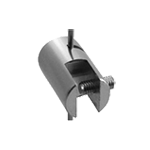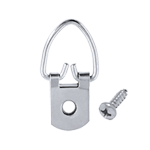The Elements of Display: Museum Hardware, Informational Plaques and Frames
When people think of museums, hardware is usually the last thing that comes to mind. We associate museums with art, sculpture, installations, dioramas etc. But the fact is that none of these could be properly displayed if it weren't for the right hardware. This includes a rail that's mounted on the wall or the ceiling, cables or rods, and hooks.
This makes the system sound pretty simplistic, but, in fact, there are a number of options to choose from when it comes to rails, cables, rods and hooks. You can choose the ones which are strong enough to display what you want to display. Or you can choose an adjustable system which can be used to display a number of different artworks with different weights.
Thinking of a museum in this way makes it sound very technical, but there is a beauty which lies in what goes on behind the scenes as well as what's visible to the viewer. Museum hardware is like the skeleton on which all the artworks hang. It's what holds the entire museum together. It goes unnoticed, but it serves an important purpose.
Informational Plaques
In fact, there's a lot more to a museum than just artwork. When most people go to a museum to see what they've been told is an important work of art, they don't usually know that much about it. So they're looking for information as much as the subjective experience of seeing artwork.
This is the reason why most museums also give you some information about the artwork, the artist, the era in which the artwork was painted, the artist's inspiration etc. These details enrich the viewer's appreciation of the artwork and give them some basis for judgment.
Yes, you can just look at an artwork and decide whether you love it, hate it or are indifferent to it. But when you learn more about the artwork and the artist, this adds another layer of comprehension and engages more of your brain and your emotions.
Framing the Artwork
Another important element of hanging artwork is the frame. What kind of frame would best suit that artwork? Many older artworks are displayed in glorious frames which seem like works of art themselves! But new artworks may use more minimalistic frames or even eschew frames altogether.
Sometimes, it's the artist who decides what kind of frame should be used with a certain artwork. But more often, it's the museum curator. This is the person who makes all the decisions about frames, informational plaques, museum hardware etc.
In order to curate an exhibit in a museum, you have to juggle aesthetics as well as practicality. Not only do you need to decide what artworks to hang and in what order but you also need to make decisions with regard to their presentation. Because, let's face it, presentation is everything.
The Story of the Impressionists
Presentation is the reason why the Impressionists chose to start their own gallery instead of submitting their works to the Académie des Beaux-Arts. The exhibits of the Académie were so overcrowded that Monet and his cronies found that their works were rarely, if ever, displayed at eye level.
Rather than keep competing with a number of other artists year after year, they thought it would be better to open their own gallery where they could give their paintings the display they deserved. And the result is that the Impressionists are probably the most popular artists in the public imagination today.
So it's not just the work of art which makes all the difference—it's the way in which it's hung as well. Contact us to learn more about museum hardware which will give your artwork the setting it deserves.

